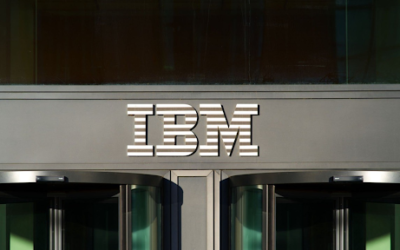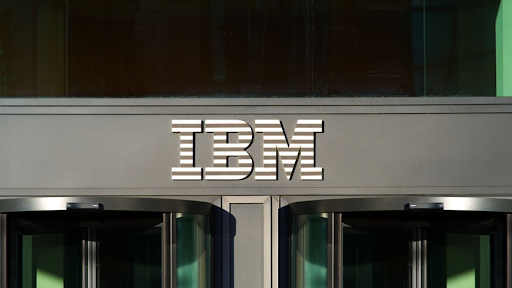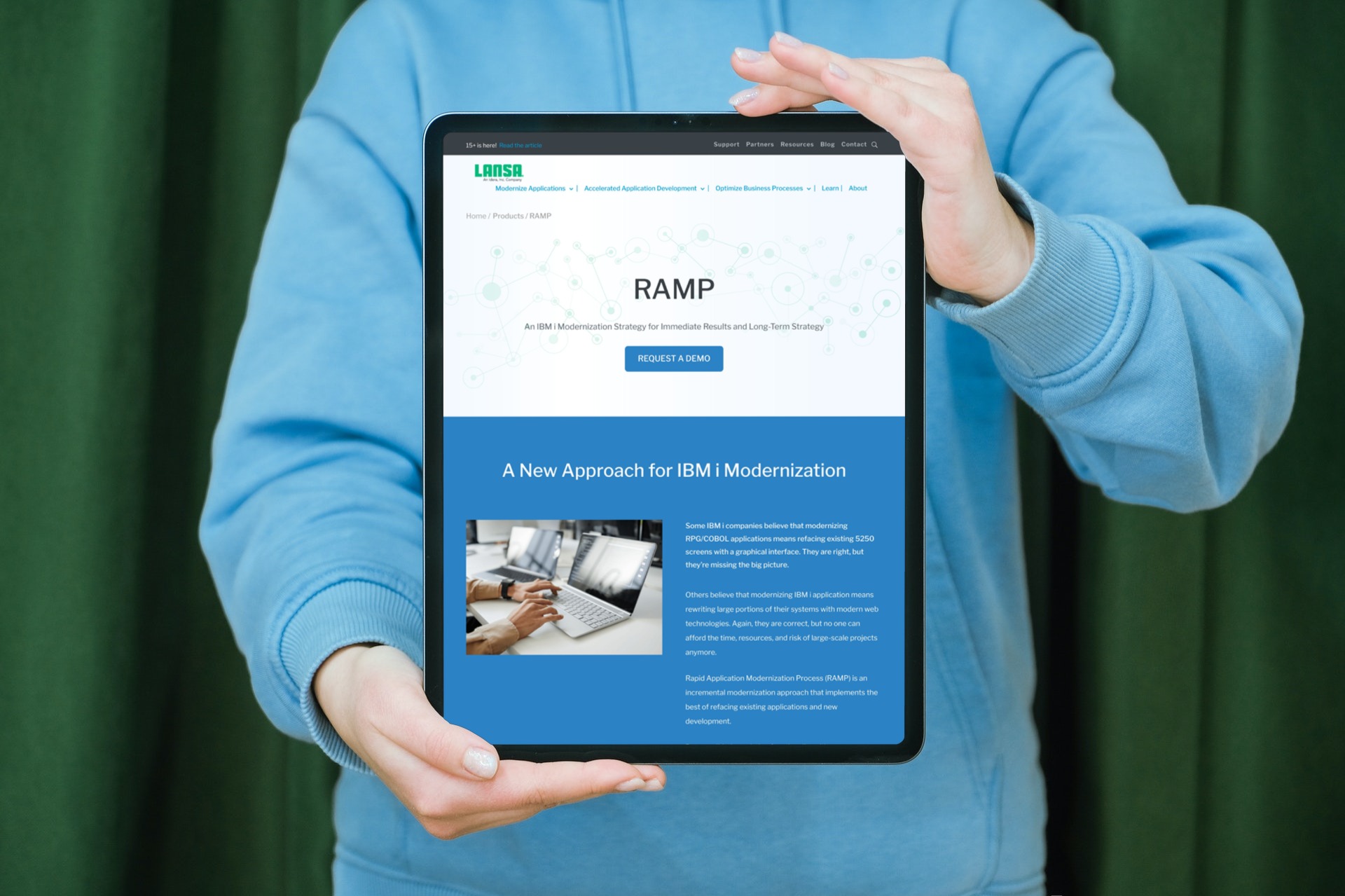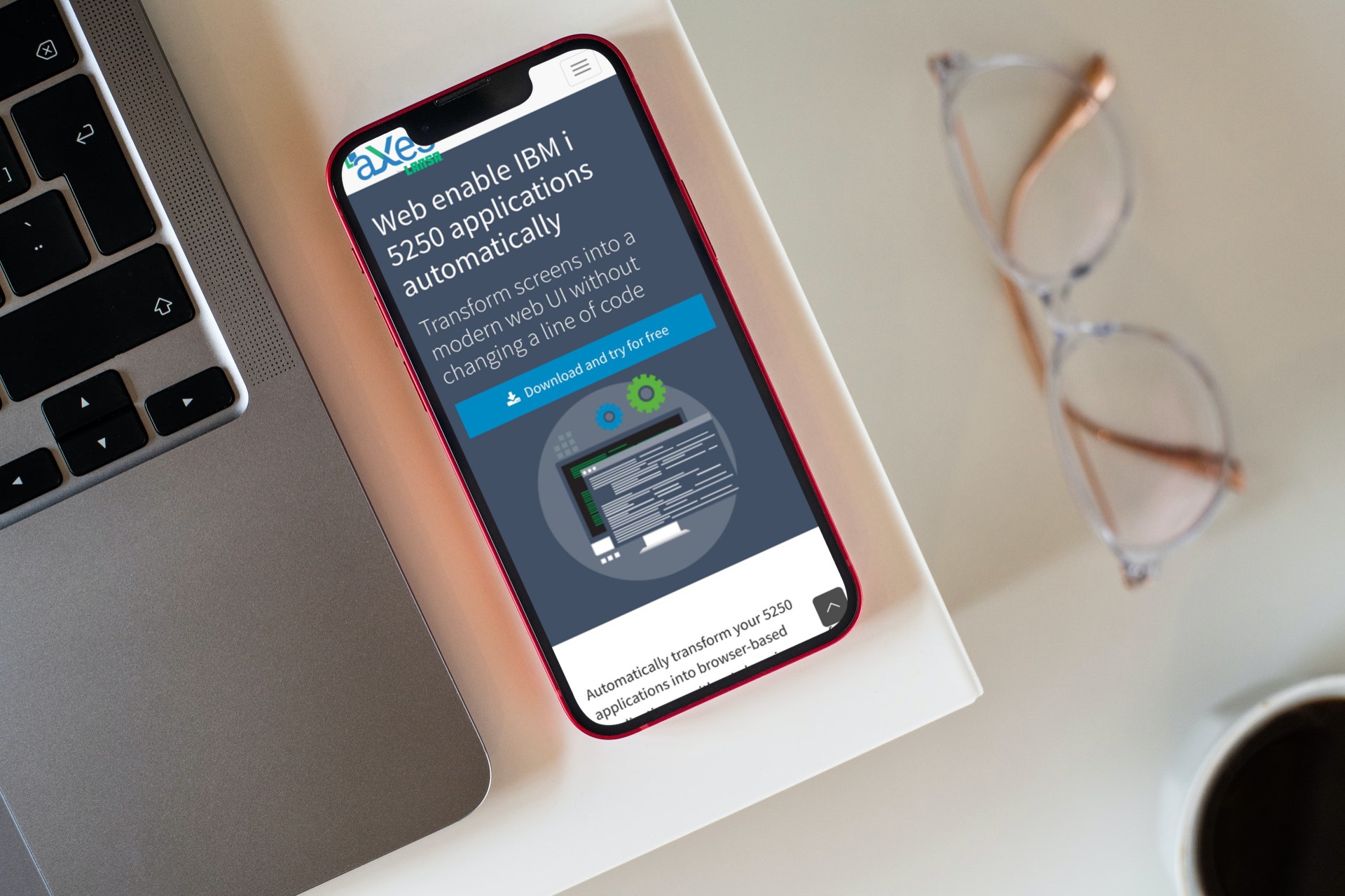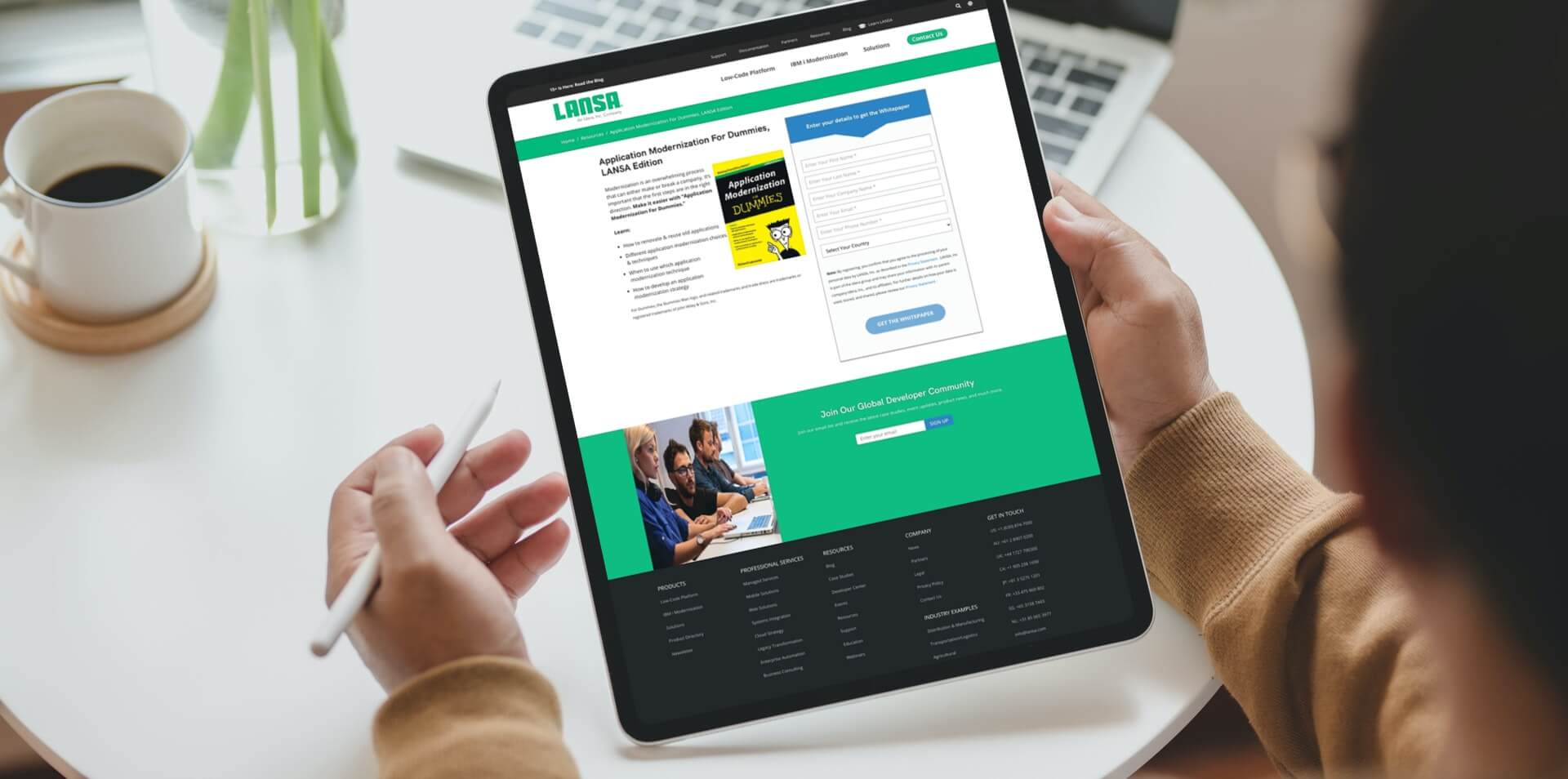Businesses are being bombarded with the message to modernize. In the IBM i world, most tend to define modernization in terms of low-level development tactics such as converting RPG to free form, updating databases to SQL or refacing 5250 screens for the web. While these tactics have technical merit, they do little to help IT provide an immediate competitive edge or improve the bottom line. It’s easy to lose sight of the business side of modernization when you’re so busy working on its technical aspects.
The industry has made modernization sound so complicated that no one wants to do it. But modernization isn’t only about technology; it’s about getting back to the basics. Instead of focusing on code and systems, successful modernization strategies cultivate a business-first mentality.
Think of online retail giant Amazon.com. The company’s consumer-first strategy has earned it 209 million users, who generated sales of nearly $90 billion last year. You’ve likely ordered from Amazon repeatedly, but how many times have you called customer service for help? Compare this number to the amount of calls your company receives daily from customers. Amazon’s ease of use has put the company consistently at the top for customer-service surveys.
While measuring yourself against Amazon is beyond the reach for many of us, the company provides proof that businesses who are easy to work with will often win out over the competition—even if they don’t have the best products or the cheapest prices. Today’s demands for instant gratification mean companies must facilitate transactions quickly and simply, or consumers will go elsewhere.
The goal of modernization is to use technology to best support your customers and trading partners—delivering the best user experience, enabling remote workers to access real-time data quickly, getting the right information into the right hands and continuing to improve business processes.
Start looking at modernization in a new light. Tackle the business issues that plague your organization, then build your dream enterprise. Not sure how to get started? Follow this blog series and learn about the five guiding principles of application modernization and how to think about your business first rather than technology first.
Learn more about the benefits your business will get from modernizing your 5250 apps in this article about IBM i green screen modernization.
P R I N C I P L E #1:
Deliver the Best User Experience
Successful companies provide customers, employees and business partners with the best tools for the job. For Amazon, that means easy access to the products you’re looking for and a simple and fast buying process.
In a modernization effort, consider eliminating 5250 screens wherever possible. But just delivering a refaced version of existing green-screen applications is shortsighted. Putting an HTML interface over the same 20-screen process won’t make it more efficient. Rather, develop new web applications that leverage existing APIs, databases and other IBM i resources when possible. When designing business applications like e-commerce sites and vendor portals, they must be accessible 24-7 and available on desktop/laptop computers, tablets and mobile phones.
In terms of mobile, the design element is even more important. According to the Google Mobile Playbook, 57 percent of users say they won’t recommend a business with a poorly designed mobile app and 40 percent have turned to a competitor after a bad mobile experience. Incorporate a responsive design strategy to guarantee an optimized user experience across all devices. Additionally, the best mobile apps take advantage of native features like barcode scanning, GPS, electronic signature capture, annotations and the capability to incorporate media like photos, video or audio.
Another alternative to green screens is Windows client-server. These applications are installed on a computer but retrieve data and process transactions on the server. Besides delivering the best desktop/laptop user experience, Windows client-server also provides the best performance and desktop integration when compared to browser-based applications. Plus, just like web apps, client-server applications are IP based, which means users can work anywhere with an Internet connection.
A recent trend in software development is building composite applications, or business mashups, which aggregate functionality from several different sources into one application. Composite applications consolidate every piece of tangible information for an item onto one screen, improving the end user’s ability to deliver quality service and decision making. By combining structured data (e.g., DB2) and unstructured data (e.g., documents, spreadsheets, images, video, sound, etc.) into a single interface, end users get a complete 360-degree view of business information. Composite applications turn all users into super users.
Get highly relevant insights on the IBM 7 most common misconceptions about integration and modernization.
In the next post, I’ll talk about Principle #2, Improve Data Quality and Accuracy.




